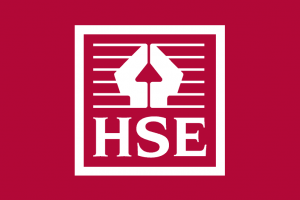Profit warnings in the North West increased by 21% in 2017

A total of 34 North West companies issued profit warnings in 2017, a 21% increase on the previous year (2016: 28), according to EY’s latest Profit Warnings report.
The full-year figure follows a fourth quarter that saw nine companies in the region issue profit warnings – two less than in the final quarter of 2016.
Across the UK, 2017 was a year of two-halves, with both the number of profit warnings and investor reaction increasing significantly in the final two quarters. Notably, the median share price drop on the day of warning rose from 12% in the first half of 2017 to 14.9% in the second half and 15.2% in Q4 2017 – the highest since the Brexit vote quarter of Q2 2016.
FTSE support services companies issued the most warnings in 2017 (Q4: 11, 2017 overall: 42). Contract delays and uncertainties continued, while rising prices have exposed weaknesses in contract portfolios and internal controls.
Other sectors exposed to rising costs and business and consumer uncertainties complete the list: Software and computer services (Q4: 11, 2017 overall: 27), general retailers (Q4: 6, 2017 overall: 24), and travel and leisure (Q4: 5, 2017 overall: 22).
According to the report, 30% of all profit warnings in 2017 cited cost and competitive pressures, compared to 16% in 2016. Contract uncertainties also continued in 2017, with 25% of companies citing delays or cancellations, including 40% of warnings from the FTSE Support sector and 60% from FTSE Software & Computer Services.
Sam Woodward, EY’s head of restructuring in the North West, said: “Companies that issue profit warnings are now under greater scrutiny and investors are reacting with less patience, especially in sectors where shareholders view warnings as a sign of deeper issues rather than a one-off event.”
“In 2018, inflationary pressures may ease, but new challenges are emerging and some existing concerns – most notably Brexit – will come to a head.
“There are still many opportunities to capture growth; but the cumulative impact of rising costs, slowing growth and increasing competition will continue to expose weaknesses in any company struggling to get a handle on this changing economy.”







